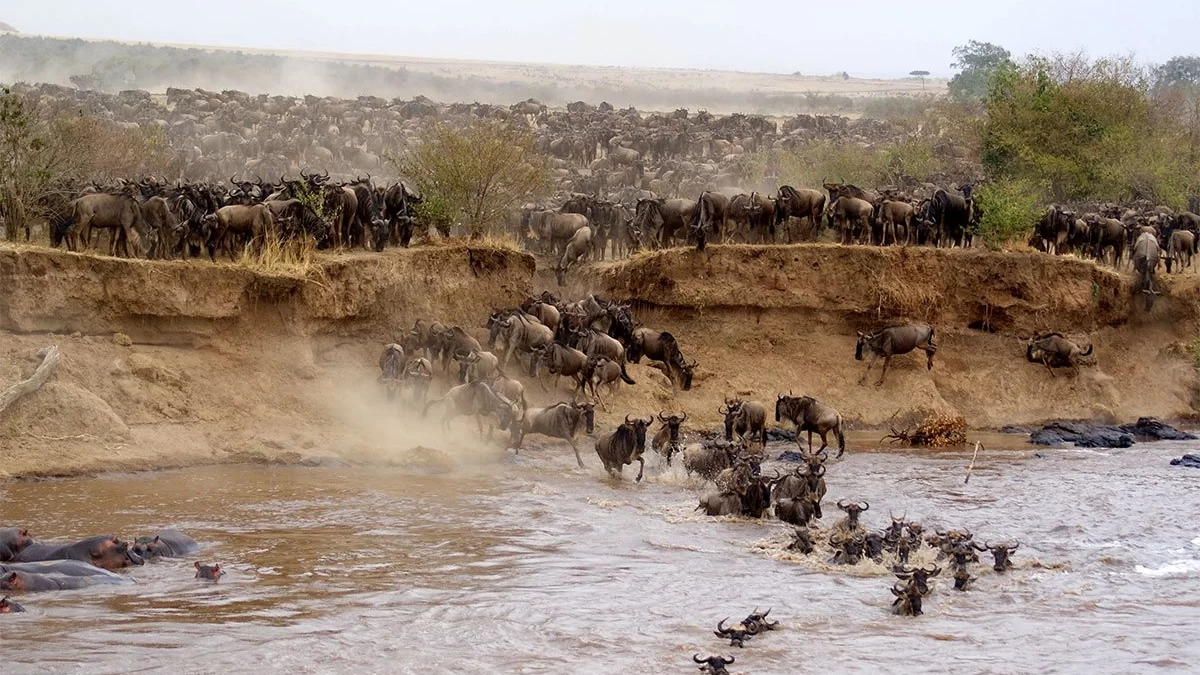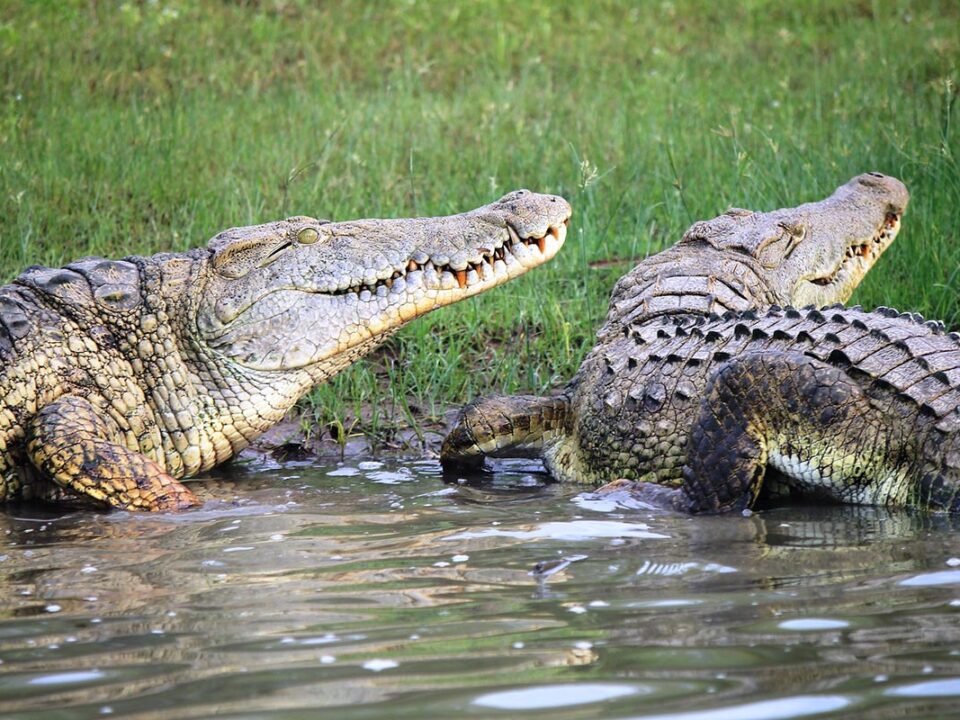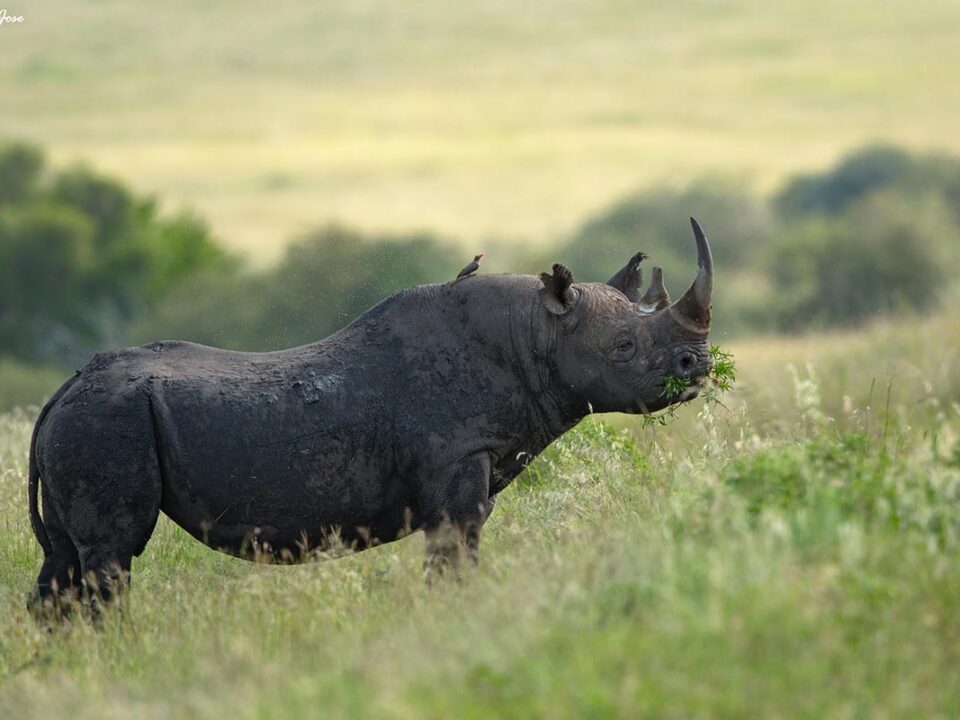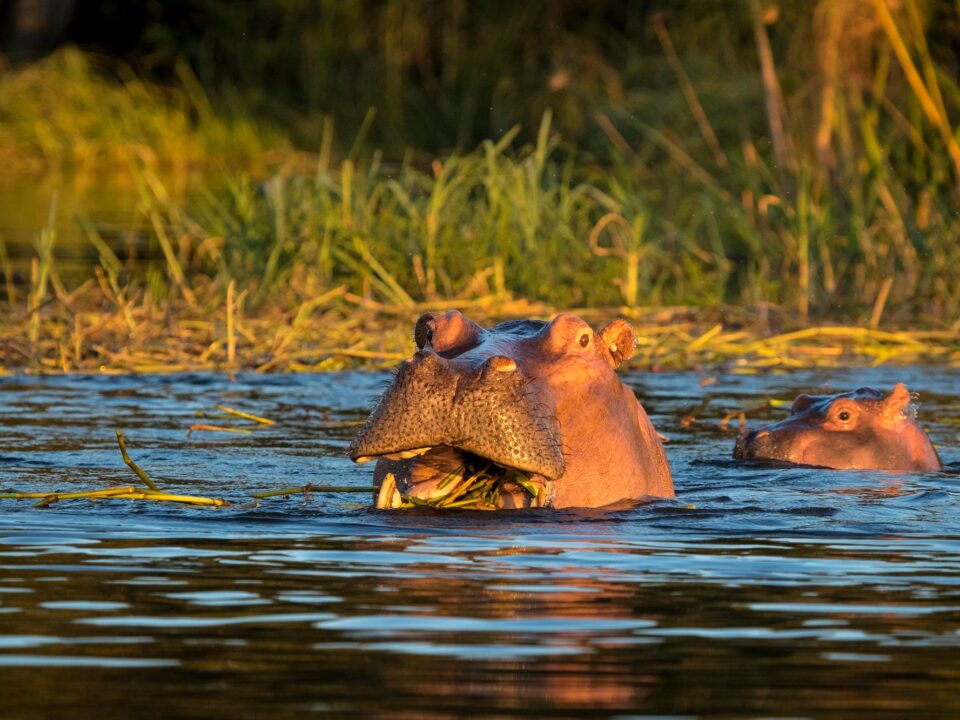When is the Best Time to visit Kenya for Safari?

Masai Mara Luxury safari
February 27, 2024
Masai Mara & Bwindi Gorilla Safari
February 27, 2024When is the Best Time to visit Kenya for Safari? – Unlocking the Ideal Time for Your Kenyan Safari Adventure
The perennial question for eager travelers is, “When is the best time to visit Kenya for a safari?” This inquiry is met with a thoughtful response that delves into the specific attractions and activities one desires. The best time for a Kenyan safari is often considered between June and October, marking the dry season and offering prime conditions for game viewing. However, it’s crucial to note that Kenya’s wildlife can captivate visitors all year round, with a myriad of activities beyond wildlife viewing, including beach escapades and mountain exploration.
Embarking on a month-by-month exploration, we unravel the ideal times, destinations, and activities, presenting a practical guide for an enriching Kenyan safari experience.
January – February
Bask in the warmth of the Kenyan summer during January and February, making it an excellent time for both aerial and terrestrial game viewing. Popular tourist destinations like Lake Nakuru National Park, Masai Mara National Reserve, and Amboseli National Park teem with wildlife. The landscape is adorned with lush greenery, and the temperatures are inviting, offering sunny and hot days, creating an ideal ambiance for a visit.
March – April – May
Early March retains the allure of blue skies, yet wildlife sightings become scarcer as the rainy season commences, lasting from late March through April and into May. The prolonged rains render tracks and trails impassable, making it less favorable for safari excursions. The coastal areas also experience heavy rainfall, making this period suboptimal for a safari adventure.
June
Marking the onset of the second dry season, June sees the resurgence of wildlife around rivers, lakes, and waterholes. Although occasional light showers may grace the land, the overall atmosphere tends to be cool at higher altitudes. The flourishing grass makes wildlife spotting a bit challenging, but it sets the stage for the imminent arrival of the annual wildebeest migration from the Serengeti plains into the Masai Mara, typically reaching its peak in July.
July – August – September
A protracted dry season unfolds during these months, making it the prime time for a safari in Kenya. July witnesses the commencement of the great wildebeest migration, as herds cross from Tanzania to the Masai Mara. The weather remains dry, and the Masai Mara welcomes the initial influx of wildebeest herds. August showcases the driest conditions, providing an optimal setting for exceptional game viewing, including the riveting spectacle of wildebeest crossing the Talek and Mara rivers. September sustains the peak season, with wildlife viewing reaching its zenith across all Kenyan game reserves.
October – November
October might see a few rain showers, but it still stands as a favorable time to travel, particularly for those seeking to avoid crowds while relishing prime wildlife viewing. In November, short rains grace the land, enhancing the game viewing experience. While some camps on the Laikipia plateau may close, others in Masai Mara and various parks remain open.
December
As the year concludes, Kenya experiences potentially wet and hot weather. December is a haven for bird enthusiasts, with an abundance of migratory birds. Lush green landscapes host newly born animals, creating a picturesque setting. Travelers during this time are advised to carry insect repellents due to prevalent mosquito activity.
Understanding Kenya’s Weather Conditions
Given Kenya’s equatorial location, travelers should not anticipate distinct winter or summer days. Instead, the country experiences alternating dry and wet seasons. Short rains occur from November to December, long rains from March to May, and two dry seasons – the extended dry season from June to October and the shorter one from January to February. Understanding these weather patterns is paramount for planning a well-timed and enjoyable Kenyan safari.




